Andean Journeys:
A Bilingual Anthology of
Contemporary Bolivian Poetry Edited by Ronald Haladyna Introduction, Translations, Bibliographies, and Notes by the Editor Order this book online at www.trafford.com
or email Most Trafford titles are also available at major online book retailers. Copyright 2011 Ronald Haladyna . All rights reserved. No part of this publication may be reproduced, stored in a retrieval system, or transmitted, in any form or by any means, electronic, mechanical, photocopying, recording, or otherwise, without the written prior permission of the author. Printed in the United States of America . 12/09/2011  www.trafford.com North America & international toll-free: 1 888 232 4444 (USA & Canada) phone: 250 383 6864 * fax: 812 355 4082 Contents For Ma Jo, who vicariously travels the world, even to Bolivia. 12/09/2011
www.trafford.com North America & international toll-free: 1 888 232 4444 (USA & Canada) phone: 250 383 6864 * fax: 812 355 4082 Contents For Ma Jo, who vicariously travels the world, even to Bolivia. 12/09/2011  www.trafford.com North America & international toll-free: 1 888 232 4444 (USA & Canada) phone: 250 383 6864 * fax: 812 355 4082 Contents For Ma Jo, who vicariously travels the world, even to Bolivia.
www.trafford.com North America & international toll-free: 1 888 232 4444 (USA & Canada) phone: 250 383 6864 * fax: 812 355 4082 Contents For Ma Jo, who vicariously travels the world, even to Bolivia.
Andean Journeys: A Bilingual Anthology of Contemporary Bolivian Poetry is the fourth in a series devoted to bringing works of outstanding Latin American poets to English-speaking nations. As in the case of the anthologies devoted to the poetry of Uruguay, Paraguay, and Ecuador, the objective here is to bring long-overdue recognition to outstanding poets who are virtually unknown outside of their own countries. Latin American narrative writersVargas Llosa, Garca Mrquez, Allende, Fuentes, Bolao, to name just a fewhave achieved worldwide acclaim and readership in the past quarter century (or even longer), but this has not been the case for Latin American poets, especially for those of countries such as the ones being featured in these four anthologies. In North America, for instance, its unlikely anyone in literary circles could identify, for example, a current Bolivian poet; even more telling is that most university professors and students specializing in Latin-American literature would be hard pressed to rattle off the names of current South-American poets. The reasons for the anonymity of so many of these poets are varied, and some are familiar: narrative literature is more popular than poetry; it is more abundantly available; it is reviewed much more in national and international media; poetry is more difficult to read; so much of poetry in Latin-American countries has not been translated; and it has not been translated because scant attention has been devoted to identifying poets whose works merit translation. This last reason, in fact, has been my motivation for these anthologies.
At a time when an ever-increasing stream of contemporary South-American poetry is being written and published, commensurate research and criticism of these works has not kept pace in South America, much less in other continents. This lack of guidance by academics has not helped distinguish more noteworthy poets from lesser ones. The goal of this anthology is to help create this filter and offer, as it were, a guide to outstanding contemporary poets of Bolivia. As in the case of the previous anthologies, my Bolivian selection has been swayed by mature, dedicated poets who have a sustained and recognized bibliography of published books of poetry during the past twenty-five years; whose poems have been included in national and international Spanish-language anthologies; who have received favorable recognition by peers and critics, as well as in reviews and interviews in national news media; who have received literary awards within and outside of Bolivia; who, for the most part, are still active as poets; and finally, whose poetry has appealed to me and seemed translatable. Gathered here is an array of poets representing different generations, as well as poems displaying diverse styles, themes, imagination, ideas, and language. A selection of poets representing an entire country is always controversial; unpardonable exclusions are regrettable, but inevitable.
In some cases, poets declined participation; others were inaccessible; others didnt quite fulfill the criteria I had established. For readers unfamiliar with Bolivia, I have provided an introduction which briefly covers the countrys unique geography, economy, history/politics, and society. The introduction is not intended to explain why the poets write the way they do, but much of the poetry does allude to these components of the Bolivian reality. This anthology is intended for a general reading public, but it is especially intended for academics. For that reason, I have included a short biographical introduction to each poet, followed by an extensive bibliography of primary and secondary sources. Because of the paucity of academic research and criticism, many of the bibliographical entries included here consist of reviews of books, interviews with the poets, and occasionally more serious analysis.
Nevertheless, these entries are offered in the spirit of an initial orientation and an incentive for those so inclined to pursue research on this fertile area of letters. It should be noted that I have made no attempt in my introductions to characterize, analyze, classify, or otherwise evaluate the poets selected in these anthologies. My evaluation of them, in effect, has been limited to my selecting them as credible representatives of recent Bolivian poetry. Every reading by every reader of poetry is unique, subjective, and valid insofar as it is shaped by the individual life experience, expectations, and imagination of each reader. It becomes even more meaningful when readers compare their views with those of other readers. In the same spirit of the preceding anthologies, I again signal that there is no canon of contemporary Bolivian poets; but I hope this project will provide a meaningful step toward opening a discussion of such a canon.
Poets excluded from this anthology by no means should be excluded from such a discussion. This book has been long in the making: it started with a sabbatical leave in 1998 when I briefly met a few Bolivian poets and proposed putting together an anthology similar to the ones I had started for Paraguay and Uruguay. It wasnt until my return for several months in 2008 when I was able to carry out extensive research. I was fortunate to find most of the poets I selected in La Paz and Cochabamba. This anthology could not have been carried to fruition without the generous support of a sabbatical leave and a Research Development Grant from Ferris State University. I also wish to thank Francisco Azuela and Jorge Campero for their help in contacting poets, identifying resources and for their kind hospitality.
Not to be forgotten are the librarians of the Simn Patio Foundation in Cochabamba, and Paola of the Centro de Documentacin en Artes y Literaturas Latinoamericanas (CEDOAL) in La Paz for providing me comfortable reading rooms and access to virtually all the needed materials. Both libraries are unparalleled in literary holdings and service in Bolivia. CONTEXTUALIZING BOLIVIAN POETRY Readers in English-speaking countries may not be acquainted with Bolivia, let alone with the poets and the poetry that this anthology presents. This brief introduction to Bolivia merely serves as a backdrop to help situate and understand some basic information about this remote country, so that it wont feel so remote. As in the case of Uruguay, Paraguay and Ecuadorthe settings of the three previous anthologies of this seriesBolivia does not often make news in international media, unless it has to do with a natural disaster or political upheaval. Familiarity with the poets milieuespecially if it is a distant onedoes not necessarily provide readers with special insights into their poetics, intentions, or mystique, any more than biographical data should.
Next page
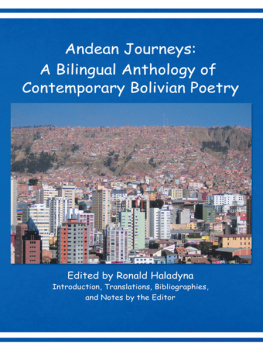
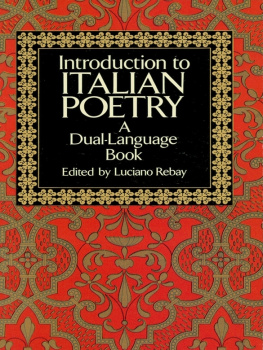

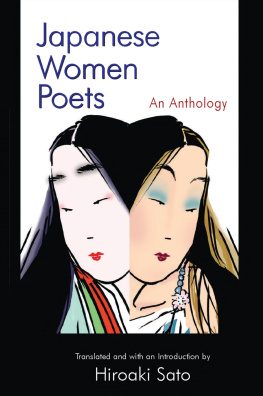
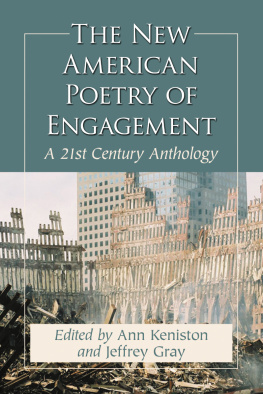


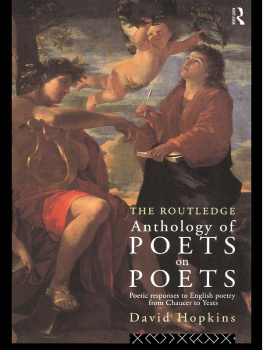



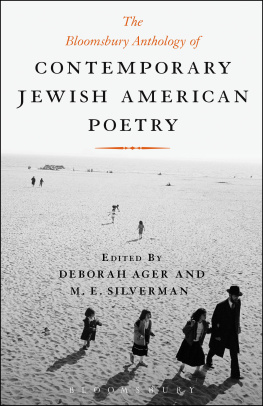
 www.trafford.com North America & international toll-free: 1 888 232 4444 (USA & Canada) phone: 250 383 6864 * fax: 812 355 4082 Contents For Ma Jo, who vicariously travels the world, even to Bolivia. 12/09/2011
www.trafford.com North America & international toll-free: 1 888 232 4444 (USA & Canada) phone: 250 383 6864 * fax: 812 355 4082 Contents For Ma Jo, who vicariously travels the world, even to Bolivia. 12/09/2011